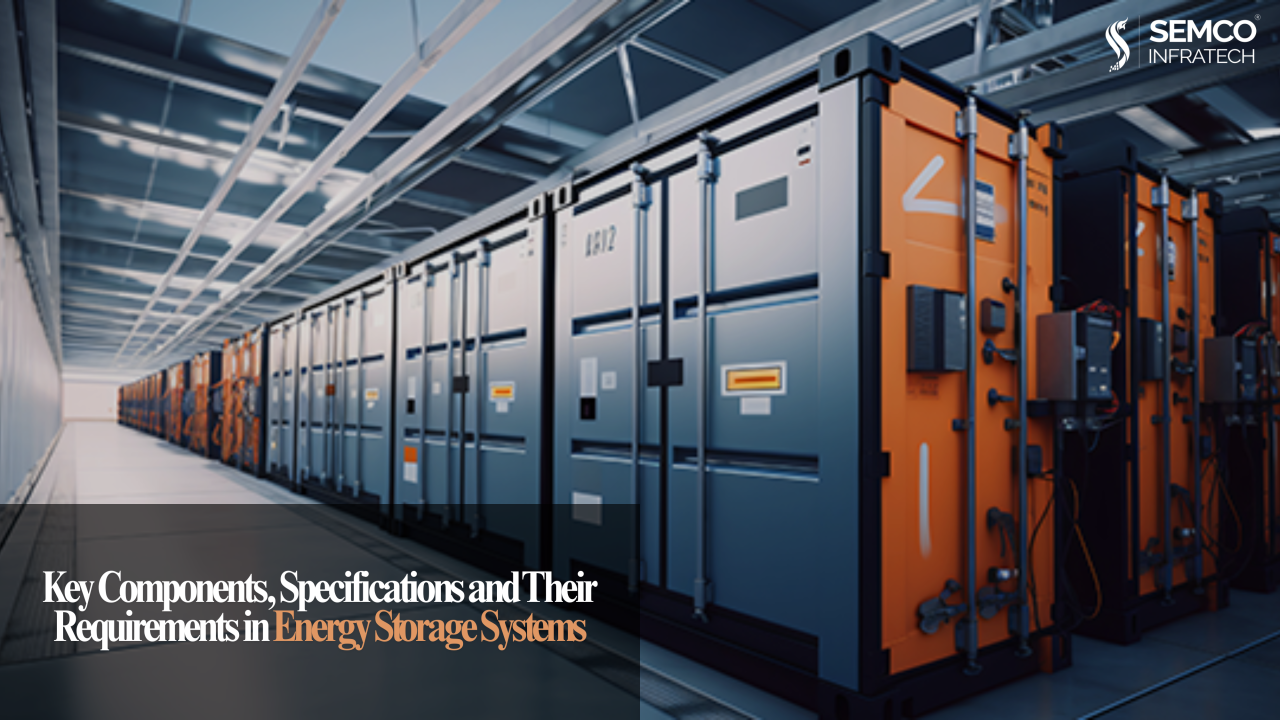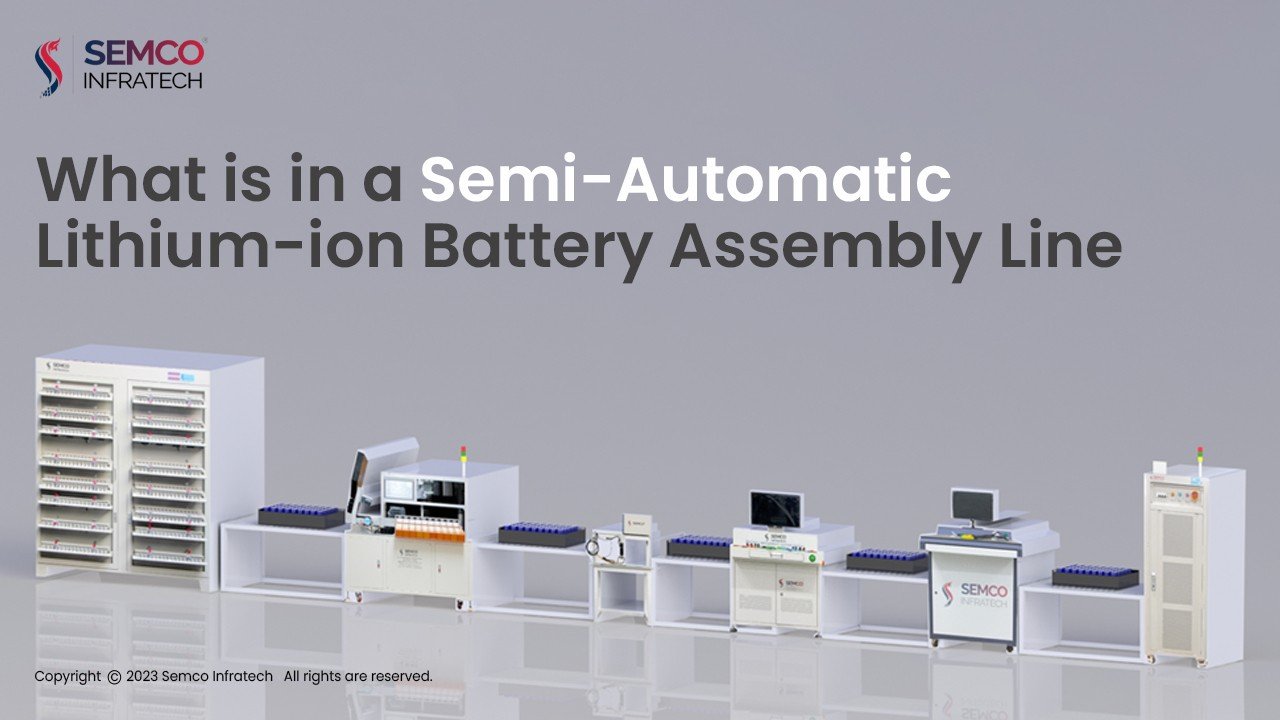To ensure the safe and reliable operation of energy storage systems, careful selection and sizing of key components is crucial. Here’s a breakdown of the essential components and their critical requirements:
Circuit Breaker
Requirements
- Voltage and Current Rating: The circuit breaker must be rated to handle the maximum voltage and current of the battery system.
- Breaking Capacity: It should be capable of interrupting high short-circuit currents to protect the system.
- Durability: The circuit breaker should have a long mechanical and electrical life to withstand frequent operations.
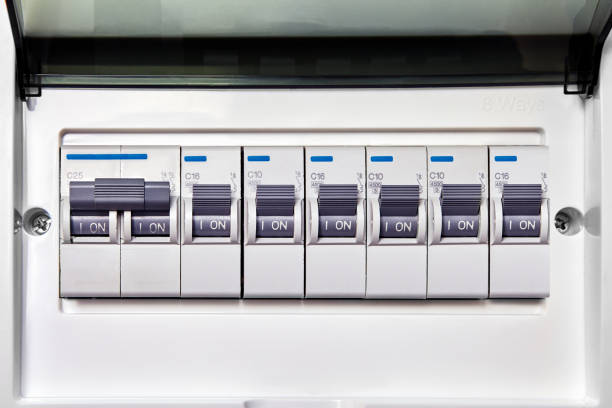
Specifications
- Rated Voltage: Must exceed the maximum voltage of the battery stack.
- Rated Current: Should be higher than the maximum current of the battery stack.
- Short-Circuit Breaking Capacity: Minimum of 20kA.
- Mechanical Life: At least 5,000 cycles.
- Electrical Life: At least 1,000 cycles.
Isolating Switch
Requirements
- Voltage and Current Rating: Similar to the circuit breaker, the isolating switch must be rated for the maximum voltage and current of the system.
- Short-Circuit Withstand Capability: It should be able to withstand high short-circuit currents for a specified duration.
- Durability: The switch should have a long mechanical and electrical life to ensure reliable operation.
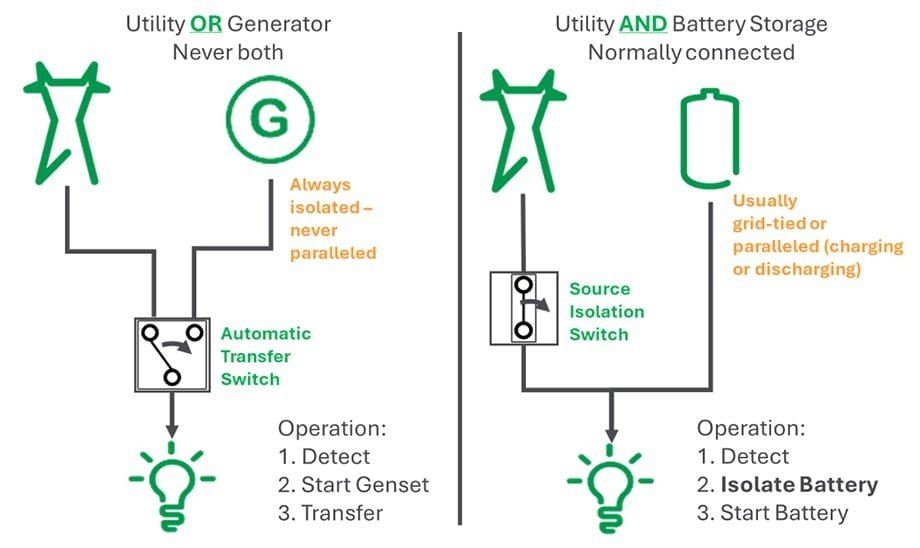
Specifications
- Rated Voltage: Must exceed the maximum voltage of the battery stack.
- Rated Current: Should be higher than the maximum current of the battery stack.
- Short-Time Withstand Current (Icw): Minimum of 20kA/1s for molded case type.
- Electrical Life: At least 500 cycles for molded case type, 1,000 cycles for frame type.
- Frame Type: Minimum of 100kA/200ms, 150kA/50ms.
- Certifications: As required by specific applications and standards.
Fuse
- Voltage and Current Rating: The fuse should be rated to protect the system from overcurrent conditions.
- Breaking Capacity: It must be capable of interrupting high short-circuit currents.
- Fast Response: The fuse should have a fast response time to quickly isolate faulty components.
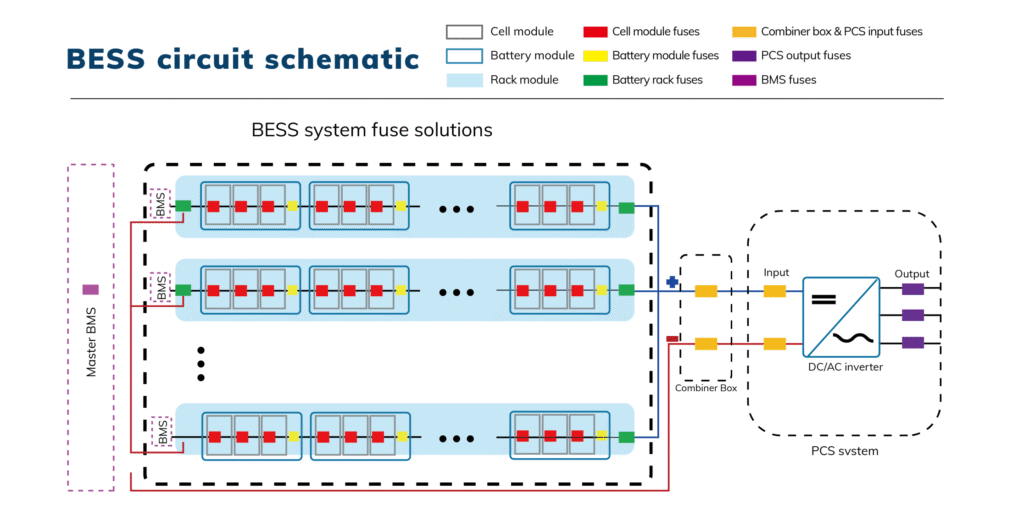
Specifications
- Rated Voltage: Must exceed the maximum voltage of the battery stack.
- Rated Current: Should be 1.3 times the rated current of the battery stack.
- Breaking Capacity: Minimum of 50kA for DC1500V systems.
- Certifications: As required by specific applications and standards.
Switching Power Supply
- Input Voltage Range: The power supply should be able to operate with a wide range of input voltages.
- Output Voltage and Current: The output voltage and current should be sufficient to power the system’s components.
- Efficiency: The power supply should have high efficiency to minimize energy loss.
- Protection Features: The power supply should be equipped with various protection mechanisms, such as overload, overvoltage, and short-circuit protection.
- Environmental Tolerance: The power supply should be able to operate in a wide range of environmental conditions, including temperature and humidity.
- Compliance with Standards: The power supply should comply with relevant safety standards, such as UL, CE, and CCC.
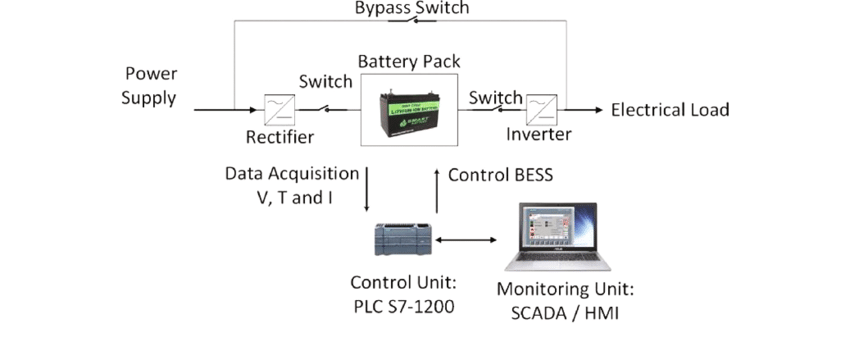
Block Diagram of BESS
Specifications
- Input Voltage Range: 88-264VAC.
- Input Frequency Range: 50/60Hz.
- Output Voltage: DC24V (±1%).
- Efficiency: Greater than 86%.
- Protection Features: Overload, overvoltage, short-circuit, and over-temperature protection.
- Operating Temperature Range: -40°C to +85°C.
- Power Rating: 1.3 times the total load power of all devices in the cabinet.
- Certifications: UL62368-1, TUV BS EN/EN62368-1, CCC GB4943.19, and other relevant standards.
- Electromagnetic Compatibility (EMC): Must meet the specific requirements of the energy storage system’s operating environment.
By carefully selecting and sizing these components, energy storage systems can be designed to be safe, reliable, and efficient.


